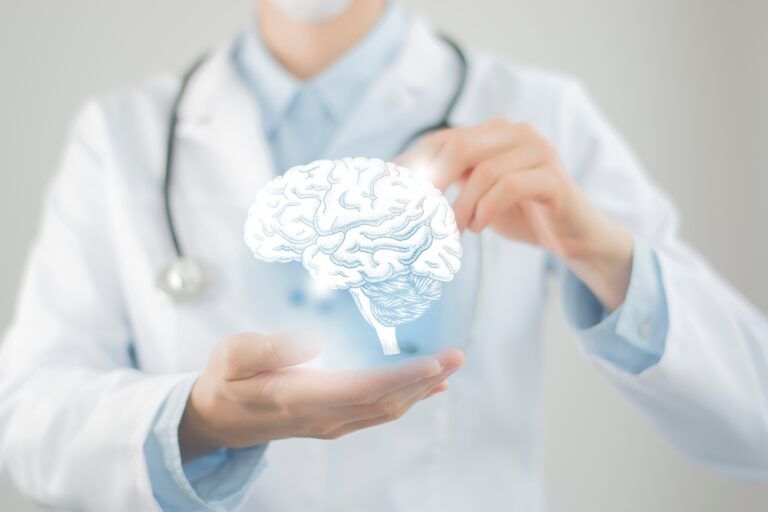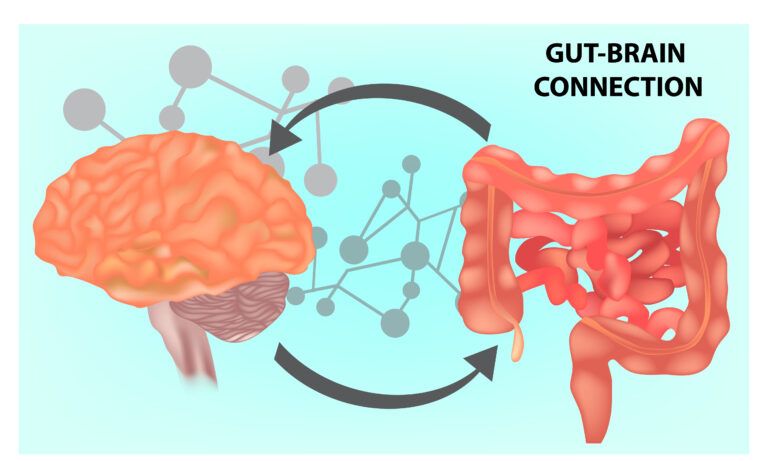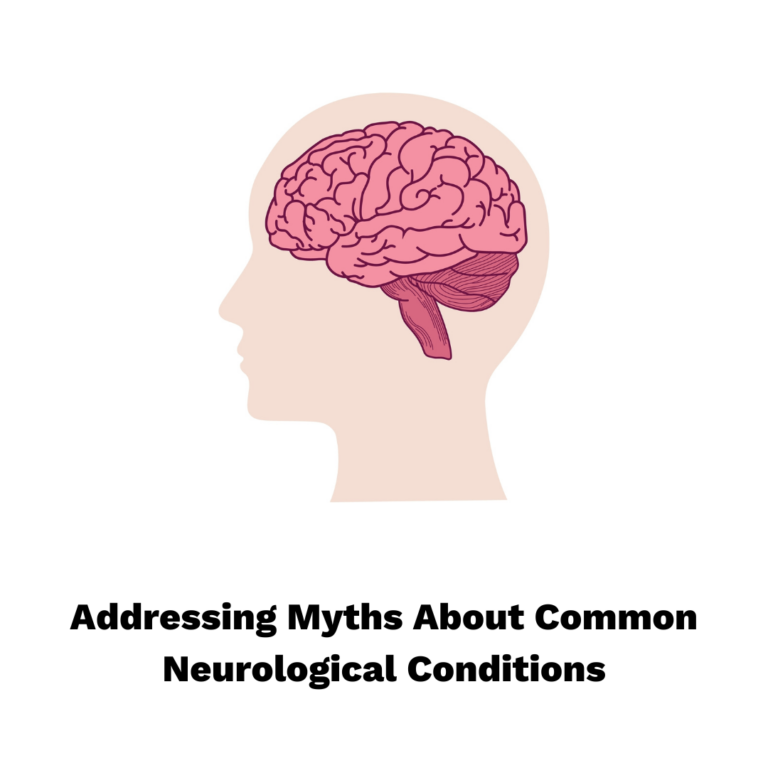
The Role of Diet in Managing Epilepsy
Epilepsy is a neurological disorder characterized by recurrent seizures, affecting millions of people worldwide. While medication and surgical interventions are commonly used to manage epilepsy,

Epilepsy is a neurological disorder characterized by recurrent seizures, affecting millions of people worldwide. While medication and surgical interventions are commonly used to manage epilepsy,

Transient Ischemic Attacks (TIAs), often referred to as “mini-strokes” or “warning strokes,” are temporary episodes of neurological dysfunction caused by a brief interruption in the

Supporting a loved one with a neurological disorder can be both a rewarding and challenging journey. Neurological disorders, such as Parkinson’s disease, multiple sclerosis, epilepsy,

As we age, maintaining cognitive function becomes increasingly important for ensuring a high quality of life and independence. Cognitive decline, which can manifest as memory

In recent years, the spotlight on gut health has intensified as researchers uncover its profound influence on overall well-being. Beyond its primary role in digestion,

Restless Leg Syndrome (RLS) is a neurological disorder characterized by an irresistible urge to move the legs, often accompanied by uncomfortable sensations. This condition affects

Migraines are more than just severe headaches; they are a complex neurological condition that can significantly disrupt daily life. For those who suffer from chronic

Neurological conditions affect millions of people worldwide, yet misconceptions and myths about these disorders persist. These myths can lead to misunderstandings, stigma, and even hinder

The senses of smell and taste play a crucial role in our daily lives, influencing not only how we enjoy food and beverages but also

With the increasing acceptance and legalization of medical cannabis, more patients are exploring its potential benefits for various health conditions. However, as medical cannabis becomes